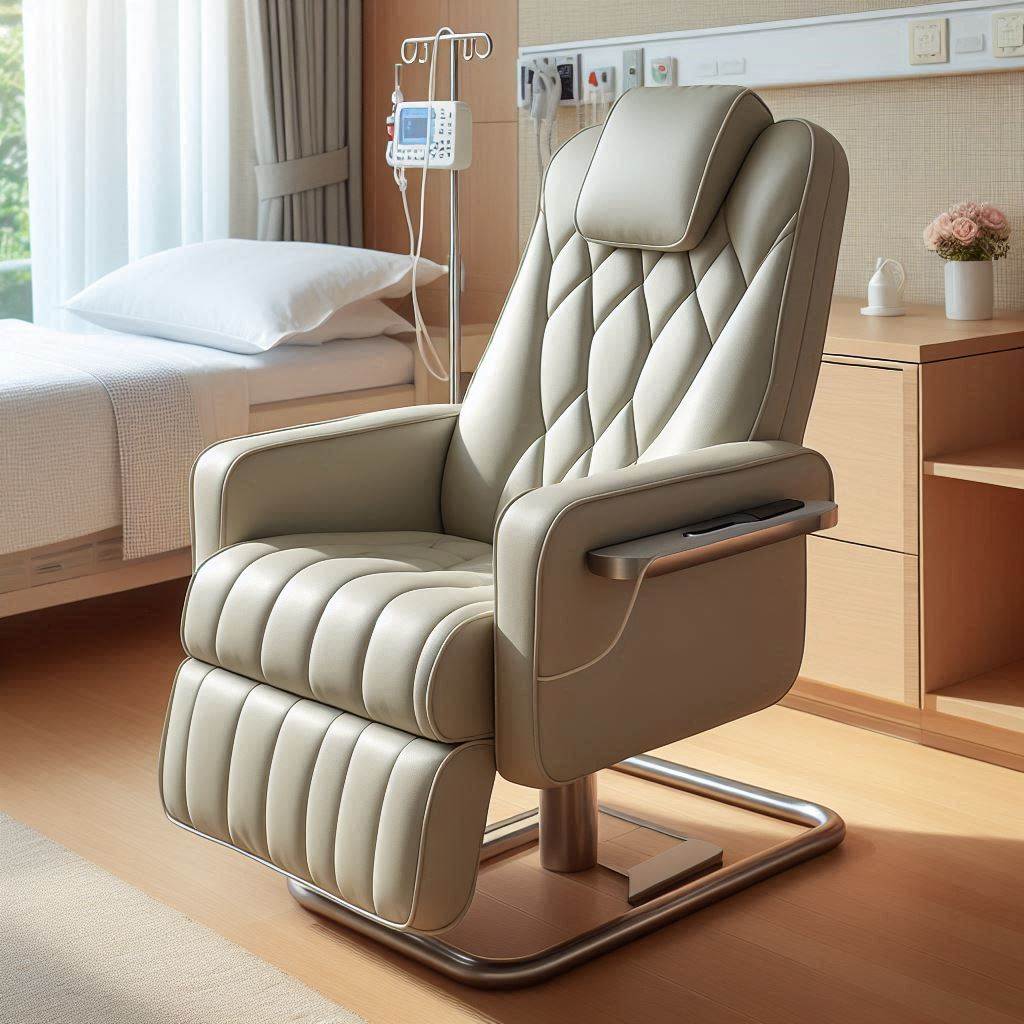Staying active and independent becomes even more important as we age. But sometimes, the simplest tasks, like getting out of bed, can become a challenge. This article dives deep into the world of bed assistance for seniors, offering solutions to keep them safe, comfortable, and empowered during nighttime routines and beyond.
Understanding the Needs:
There are many reasons why seniors might need assistance getting in and out of bed. Reduced mobility, arthritis, and general weakness can all make the transition from lying to standing difficult. Fear of falling is another major concern. By addressing these needs, we can promote not only physical safety but also a sense of autonomy and dignity.
Tech to the Rescue:
The world of assistive technology has a plethora of options to make getting in and out of bed a breeze. Here are some popular choices:
- Grab Bars: These sturdy bars, mounted securely by the bed, provide a reliable handhold for getting up and down.
- Bed Rails: Offering additional support, these rails act as a barrier to prevent falls and provide a helping hand for maneuvering.
- Adjustable Beds: Beds that can be raised and lowered electronically can significantly ease the transition from sitting to standing.
- Transfer Benches: These sturdy benches bridge the gap between the bed and a wheelchair or walker, making transfers safer.
Beyond the Gadgets:
Technology is a great asset, but it’s not the only solution. Here are some additional tips for maximizing bed assistance for seniors:
- Strong Lighting: Proper lighting near the bed can help prevent nighttime stumbles.
- Non-Slip Flooring: Consider rugs or mats with a textured surface to prevent falls.
- Comfortable Footwear: Supportive and easy-to-put-on shoes are essential for seniors getting out of bed safely.
- Regular Exercise: Maintaining strength and flexibility can make a world of difference in mobility.
By embracing a combination of technology and simple routines, we can ensure that getting in and out of bed remains a safe and manageable task for seniors. This not only promotes physical well-being but also fosters independence and a sense of security, allowing them to continue enjoying the comfort of their own bed.
Remember, a little assistance can go a long way in helping seniors age gracefully and confidently.
This supportive environment creates a domino effect, improving sleep quality, reducing stress, and boosting overall well-being. Don’t let a small hurdle become a big obstacle. Explore bed assistance options and empower your senior loved ones to conquer each day with renewed confidence!
Choosing the Right Bed Assist: A Personalized Approach
While the previous section explored various bed assistance options, selecting the perfect solution requires a personalized approach. Here’s a breakdown to help you find the ideal fit for your senior loved one:
Assessing Needs:
- Mobility Level: Can your loved one bear weight when standing? Do they have upper body strength for pulling themselves up?
- Balance and Coordination: Are they prone to dizziness or disorientation?
- Medical Conditions: Arthritis, osteoporosis, or neurological conditions might influence the choice.
- Bed Height and Style: Consider the existing bed frame – some assistive devices work better with specific bed heights or styles.
Tailored Solutions:
- Grab Bars: These come in various styles – vertical for beside the bed, horizontal for the foot of the bed, and even grab bar sheets that attach directly to the mattress. Choose one that provides the most support for your loved one’s needs.
- Bed Rails: Look for features like adjustable height, padding for comfort, and locking mechanisms to prevent accidental dislodgement. Half rails might be sufficient for some, while full rails offer complete security.
- Adjustable Beds: Electric beds with incline and decline features can make it easier to get into a comfortable sitting position before transferring to a standing position. Consider features like pressure relief settings and massage functions for added comfort.
- Transfer Benches: Choose a sturdy bench with a weight capacity suitable for your loved one. Options with armrests offer additional support, while swivel seats can make maneuvering in tight spaces easier.
Beyond the Basics:
- Bed Ladders: These nylon or fabric ladders with secure handholds provide leverage for seniors to pull themselves up into a sitting position. They can be a good option for those with some upper body strength.
- Sheet Lifters: These mechanical or strap-based devices help seniors smoothly pull sheets up without excessive strain.
- Transfer Discs: These rotating discs placed under the feet help seniors rotate their body and legs easier, facilitating transfers from bed to a wheelchair or walker.
Safety First:
- Installation and Assembly: Ensure proper installation of all assistive devices, following manufacturer instructions or seeking professional help.
- Regular Maintenance: Check grab bars for secure mounting, tighten loose screws on bed rails, and replace worn-out components.
- Non-Slip Surfaces: Use non-slip pads under rugs near the bed and ensure proper footwear for walking around the room.
A Supportive Environment:
- Clear the Path: Remove clutter from around the bed to create a smooth and safe path for maneuvering.
- Night Lighting: Install night lights with soft light to illuminate the pathway and prevent nighttime stumbles.
- Open Communication: Discuss concerns and preferences with your loved one, involving them in the decision-making process.
Remember:
The goal is to empower, not replace, your loved one’s independence. Introduce assistive devices gradually, allowing them to build confidence with each use. Occupational therapists can provide valuable assessments and recommendations for specific needs.
Embrace the Journey:
By creating a supportive sleep environment, you can significantly improve your loved one’s quality of life. Consider bed assistance as an investment in their well-being, promoting restful sleep, reducing fall risks, and fostering a sense of security. Together, you can ensure they continue to conquer each day with confidence and independence.
Read More:
